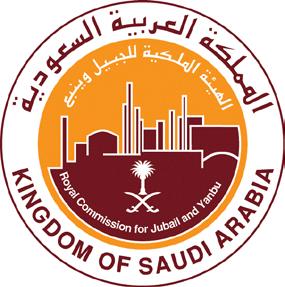




www.dataforcities.org
The World Council on City Data (WCCD) was founded in 2014 and exists to help communities of all sizes across the globe to embrace standardized, independently verified, and globally comparable city data to become more sustainable, resilient, prosperous inclusive and smart. ISO 37120 – Sustainable Cities: Indicators for City Services and Quality of Life, the first international standard for city data, was published in 2014 and since that time, the WCCD has been working with over 100 cities across more than 40 countries to adopt this global first and achieve the WCCD ISO Certification. The WCCD is now operationalizing two additional standards: ISO 37122 Indicators for Smart Cities and ISO 37123 Indicators for Resilient Cities, across its rapidly growing network. The WCCD has led the development and certification protocol for what is now globally referred to as the “ISO 37120 Series” across these three global standards. The WCCD Certification protocol under the ISO 37120 Series provides cities with quantitative, globally comparable and independently verified local-level data enabling any city, of any size, to measure and compare its social, economic, and environmental progress internally year over year, and also in relation to other peer cities locally and globally. The dedicated work of the WCCD and this global network of data driven cities, together, are building a global framework for city data that allows cities to drive measurable progress for sustainable, resilient and smart futures.
ISO key performance indicators can be used to track progress toward the localization of the Sustainable Development Goals (SDGs). The SDGs were established by the United Nations together with the 2030 Agenda for Sustainable Development.

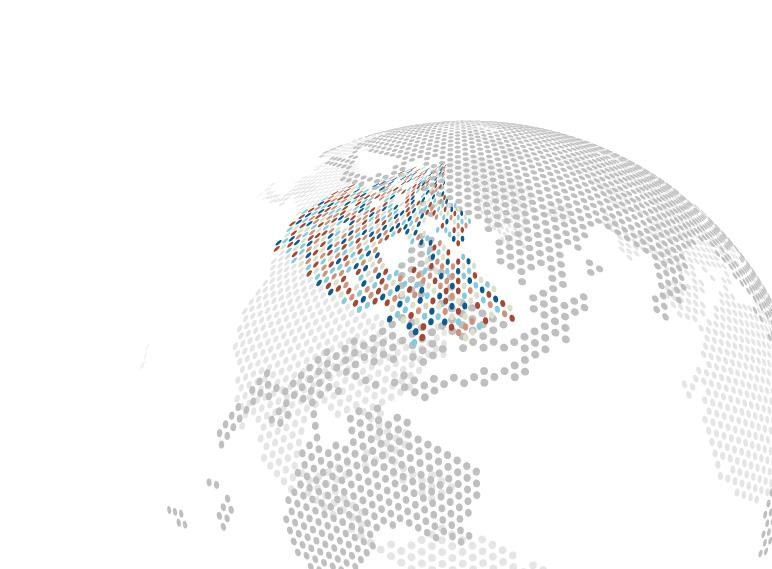

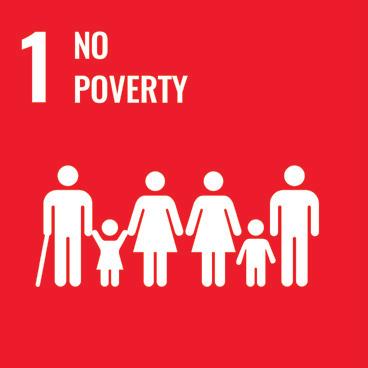
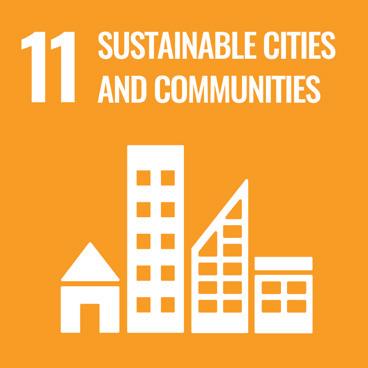
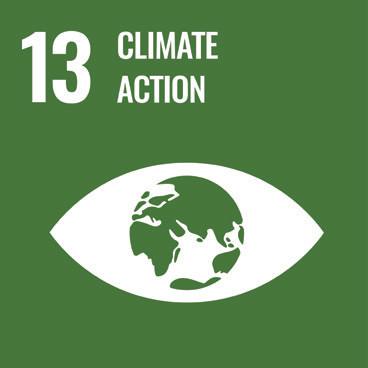
This KPI maps to the following UNDRR Sendai Framework Key Activity:

Percentage of schools that teach emergency preparedness and disaster risk reduction
ISO 37123 Indicator 6.1
To promote the incorporation of disaster risk knowledge, including disaster prevention, mitigation, preparedness, response, recovery and rehabilitation, in formal and non-formal education, as well as in civic education at all levels, as well as in professional education and training. 86%

SHOWCASING COMPREHENSIVE AND
TIMELY EMERGENCY WARNING SYSTEMS

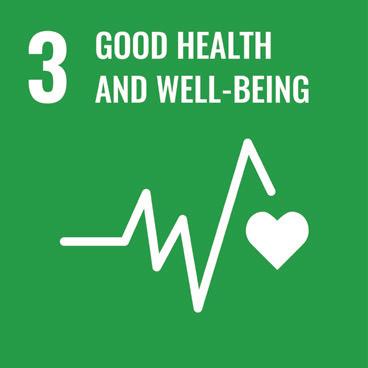
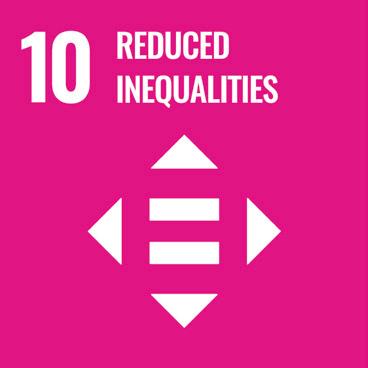

This KPI maps to the following UNDRR Sendai Framework Key Activity:



Percentage of local hazard warnings issued by national agencies annually that are received in a timely fashion by the city
ISO 37123 Indicator 15.3
To invest in, develop, maintain and strengthen people-centred multi-hazard, multisectoral forecasting and early warning systems, disaster risk and emergency communications mechanisms, social technologies and hazard-monitoring telecommunications systems; develop such systems through a participatory process; tailor them to the needs of users, including social and cultural requirements, in particular gender; promote the application of simple and low-cost early warning equipment and facilities; and broaden release channels for natural disaster early warning information. 100%





This KPI maps to the following UNDRR Sendai Framework Key Activity: To enhance collaboration among people at the local level to disseminate disaster risk information through the involvement of community-based organizations and nongovernmental organizations.
ISO 37123 Indicator 13.4

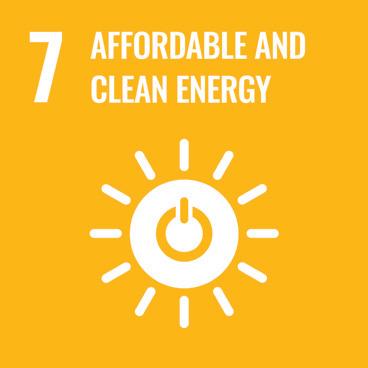
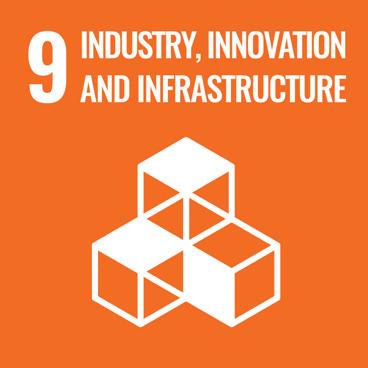



This KPI maps to the following UNDRR Sendai Framework Key Activity:
To increase business resilience and protection of livelihoods and productive assets throughout the supply chains, ensure continuity of services and integrate disaster risk management into business models and practices.
Percentage of essential city services covered by a documented continuity plan
ISO 37123 Indicator 10.2

Percentage of essential service providers that have a documented business continuity plan
ISO 37123 Indicator 10.6
100% 100%






ISO 37123 Indicator 10.5
This KPI maps to the following UNDRR Sendai Framework Key Activity:
To mainstream and integrate disaster risk reduction within and across all sectors and review and promote the coherence and further development, as appropriate, of national and local frameworks of laws, regulations and public policies, which, by defining roles and responsibilities, guide the public and private sectors in: (i) addressing disaster risk in publically owned, managed or regulated services and infrastructures; (ii) promoting and providing incentives, as relevant, for actions by persons, households, communities and businesses; (iii) enhancing relevant mechanisms and initiatives for disaster risk transparency, which may include financial incentives, public awareness-raising and training initiatives, reporting requirements and legal and administrative measures; and (iv) putting in place coordination and organizational structures.
